…Continued from Page 1
IE – Which Indian species do you love to photograph and why?
Govindaraj – The tiger, for its rarity and majesty. I seriously feel that within 20 years, species like the tiger will be glorified in fenced reserves as they would have been wiped out elsewhere. Our government has very little interest in protecting our natural treasures. It is far more interested in promoting crony capitalism and the consequent rape of our remaining pockets of wild places for obvious reasons. The pity of course, is that the tiger, for one, breeds very well if we give it the habitat but unfortunately only the government can set aside the required additional lands. And as I said, they seem to have no interest at all in doing so.
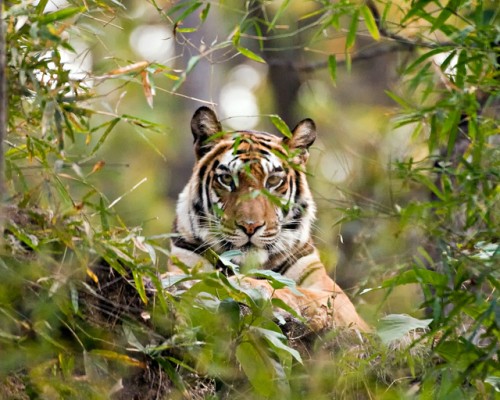
IE – What are few technical difficulties you face to get a shot?
Govindaraj – In wildlife, it is very important, and most people starting off in this field miss it, that you set a high to very high shutter speed to capture movement. Noise arising out of High ISOs can always be tamed to a large extent in post processing, but a blurry image is useless. Again do not reduce shutter speed because of stabilization – that only compensates for user instability, not the subject movement. In fact for wildlife I would advise that stabilization be disengaged, because it also affects the speed of capture – when you press the button, the stabilization kicks in and then the photo gets taken, it is not instantaneous.
IE – Your photograph has been selected to be exhibited in the upcoming exhibition in United States Smithsonian National Museum of Natural History in Washington DC. Do tell us the story behind this recognition?
Govindaraj – “The Nature’s Best Photography Windland Smith Rice International Awards” selected my photograph of a giraffe for a “Highly Honoured” mention. All the winners and a selection of the rest were selected for exhibit in the Smithsonian Museum of Natural History in Washington DC from June 2013 through January 2014.
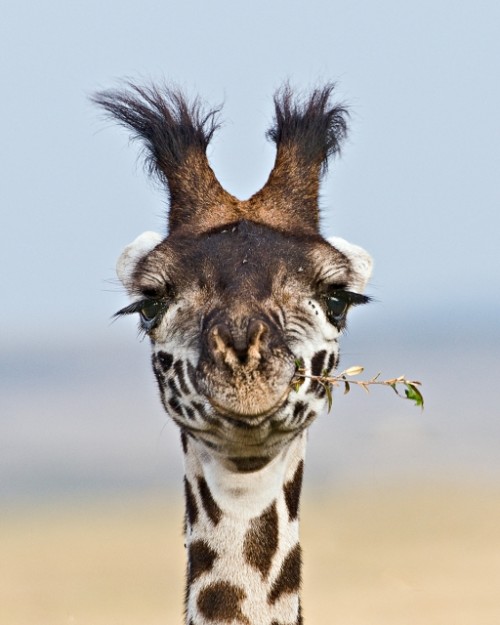
IE – How did you manage to get this shot of the Giraffe at its eye level?
Govindaraj – I was actually on the front roof of a Land Cruiser when I took that photograph, and the giraffe was an adolescent, so eye level was possible.
IE – What do you think about post processing? What tips would you give new photographers to avoid having to do major edits to their original images?
Govindaraj – Post processing is an essential part of digital photography. My only piece of advice is to shoot in RAW, so you have a totally unprocessed image available – to use a film analogy, a RAW image is like an unprocessed bit of film that can be developed again and again in many different ways to yield different negatives. JPGs are processed by the camera, so the photographer’s control on the end product is minimal. Even if you want to shoot in JPG, shoot in RAW+JPG, and store the RAW files in an external disc – as you get better at photography and post processing, you will regret not having done so.
IE – How well are Indian wildlife photographers’ roles recognised in the country? Are they even considered as conservationists?
Govindaraj – I doubt it. Conservation in India functions very much as a closed club with various individuals and NGOs jockeying to keep their influence intact. In fact, my view is that a lot of them probably would not like to see the tiger recover from its present dire straits in terms of numbers, because then they would lose a lot of their importance, influence and grants.
IE – One place in the world you want to go but haven’t got a chance to?
Govindaraj – One of the places that I really wanted to go to is Antarctica, but I am going there next January. That leaves the Galapagos Islands and places where the Great Apes are present, on top of my list of places to go to.
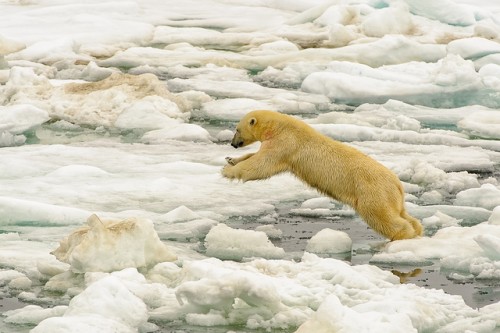
IE – Which photographers are your favourites?
Govindaraj – There really are too many to mention, and my tastes are pretty catholic and conventional. The first big influence, which I suppose would be true for most photographers of my generation, were the brilliant photographers on Life Magazine’s rolls like Alfred Eisenstaedt, Philippe Halsman, Arnold Newman and above everybody else W. Eugene Smith, who till this day is my favourite photographer.
The first photo book that I ever got was also quite influential – it was called The Creation by Ernst Haas, which opened my eyes to creative possibilities of colour photography. Other favourites by genre are Henri Cartier-Bresson, Elliott Erwitt, Peter Turnley and Bruce Davidson for street; Sebastiao Salgado and Raghu Rai for humane photojournalism; Jane Bown and Steve McCurry for portraits; John Shaw, Darrel Gulin, Nick Brandt and Jim Brandenburg for Nature and Wildlife.
IE – Other than wildlife, any other favourite subject?
Govindaraj – I do a lot of street photography, much more than wildlife because it is easier to access. I love photographing people as much as wildlife, so most of my photographs have a living being in them. I am useless in photographing subjects like architecture – I just do not have the imagination required to transcend just documenting a static subject. Even when I went to the Taj Mahal, I was far more interested in photographing my fellow tourists than the edifice itself…
IE – Do tell us about awards and recognitions you have received through your photography:
Govindaraj – So far I have been photographing for my own gratification. In fact the only open competition I have ever entered is the aforementioned The Nature’s Best Photography Windland Smith Rice International Awards for which my photograph of a giraffe got a “Highly Honoured” mention. In future, though, I hope to enter in more competitions.
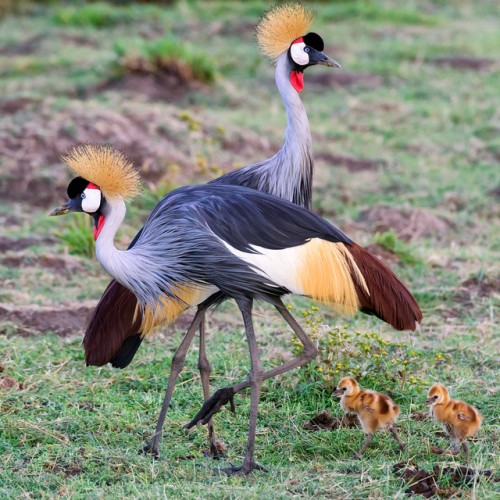
IE – Birders and photographers are often questioned for disturbing the wildlife and their habitat by their over enthusiasm to click a particular shot. Your view on this and how do you think can a photographer get a good shot and also respect the natural environment?
Govindaraj – There is no issue here – the wild creatures are more important than the photographer, and their well being ALWAYS takes precedence over anyone wanting to take a photograph. Anyone who does not realize this is a complete dolt!
IE – Photography of endangered species is always a sensitive subject. Recently in India the photography of the Great Indian Bustard was banned during breeding season. There is also the controversy of last year’s Supreme Court ban of tiger tourism. Is banning photography/tourism a solution to better protection or do you think it actually desensitises people even further to nature and its conservation?
Govindaraj – In fact, I would go the other way and throw open the whole notified area to tourists – like in Africa – because less poaching would take place with more eyes and ears around. The basic problem in India is that the local population around our reserved areas do not benefit at all from tourism. They look upon tourists as pests who have displaced them from their ancient lands, and the predators as pests who kill their cattle. A loss of a cow to a villager is economically quite substantial, and I still cannot imagine why the government, or even some NGO or the other, does not reimburse them a fair value. This would stop the awful revenge poisoning of tigers that is endemic around our national parks and reserves. Of course,
The ideal solution is to make the locals important stakeholders in wildlife tourism – if they see a fair part of the benefits accruing to them then they will become conservationists. Remember that George Schaller once said words to the effect that tigers would stop getting poached only when a live tiger is worth more than a dead one.
IE -Any final thoughts for India’s Endangered readers?
Govindaraj – Enjoy the complete experience of the wild areas; do not get so wrapped up in seeing the “headline animals”, like tigers, that you deem a visit to the wild a failure if you do not see them. There is so much else about our flora and fauna that is unique and amazing that to close one’s mind to these treats is really a big loss.
Readers can contact him through e- mail – jayanand@gmail.com. To view his collection visit here.
You can also reach him here,
Jayanand Govindaraj
75, 2nd Street, Karpagam Avenue
R.A.Puram, Chennai 600028
India
More Related Stories,
Interview: Neloy Bandyopadhyay, Raising Voices for the Dying Vultures
E-survelliance to Track Tiger Movements
All images copyright of Jayanand Govindaraj, used with permission.


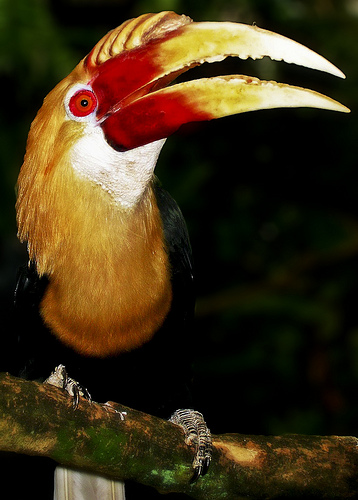

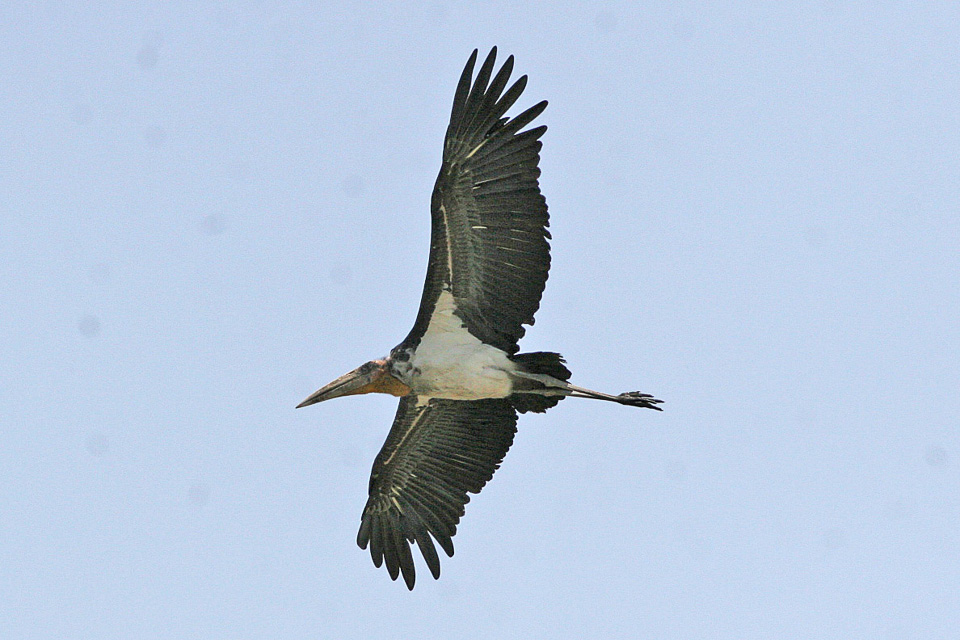

Thanks, Atula Gupta, for this incisive interview, which elicited synergetic responses. All the photos reproduced are brilliant. It’s the poet in Jayanand, who says, “Sometimes, just sometimes, stop photographing and look at the scene in front of you – it is far more rewarding. Looking at nature and wildlife only through a viewfinder will limit your creativity because of the tunnel vision it creates.”
What a wonderful way to put it. It indeed must be the poet in him that helps Mr. Govindaraj click such aweinspiring photographs. Thank you for your comment.
A very well written article. Jayanand is no doubt a very
competent photographer not only of wild life but also of street scenes.
Thank you. Yes, as you correctly mention, his street photography is as exceptional as his wildlife photography. Ultimate pleasure for viewers like us.
congratulations Jayanand.
Its great to know so many things about you and photography and off course the lovely photographs too.
Thank you for your comment. Mr. Govindaraj is truly brilliant with his camera.
This was very interesting. The photos are quite captivating. One sure needs a lot of patience to capture these images.
One surely does need lot of patience and perseverence Varsha, and the photographs show how much Mr. Jayanand has honed his skills over the years.
I’ve been participating in a monthly black and white print exchange with Jayanand for years. It’s nice to know a bit more about him. And it is always a treat to exchange prints with him. Jayanand is an excellent photographer and person.
Thank you for stopping by and commenting. It is through you that we also got to know about the fascinating monthly print exchanges that you share with Mr. Jayanand, so thank you for sharing this little info with us.